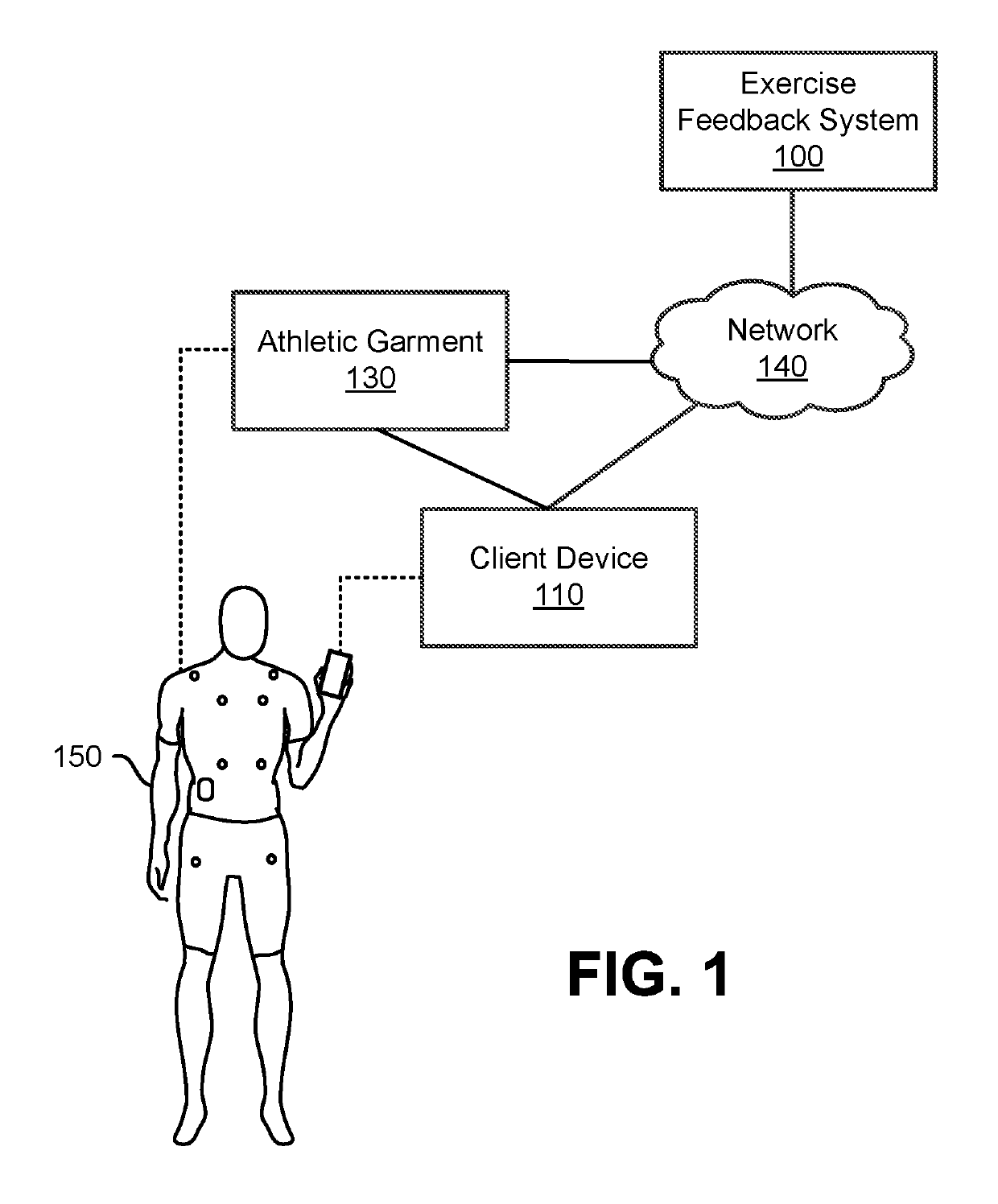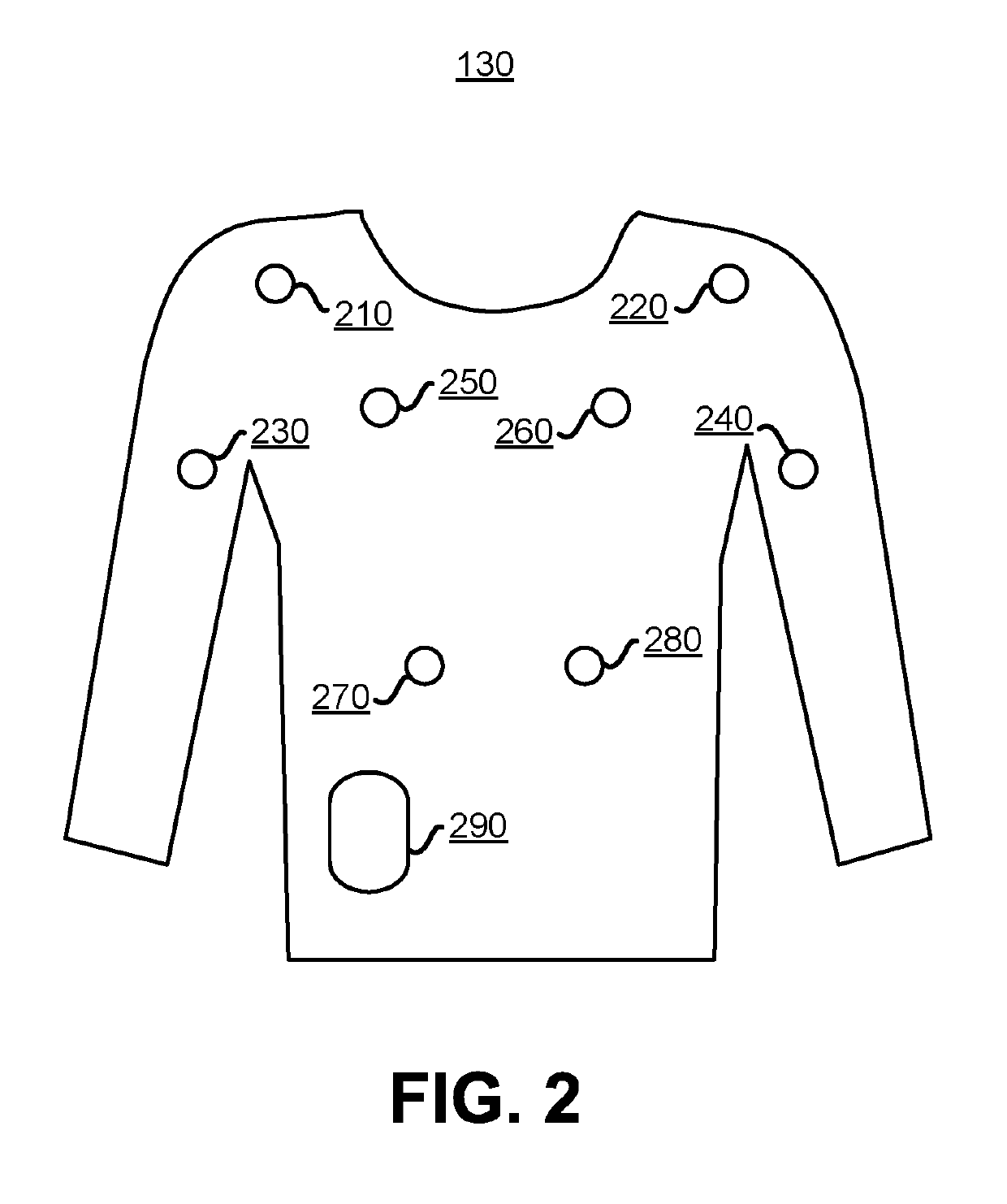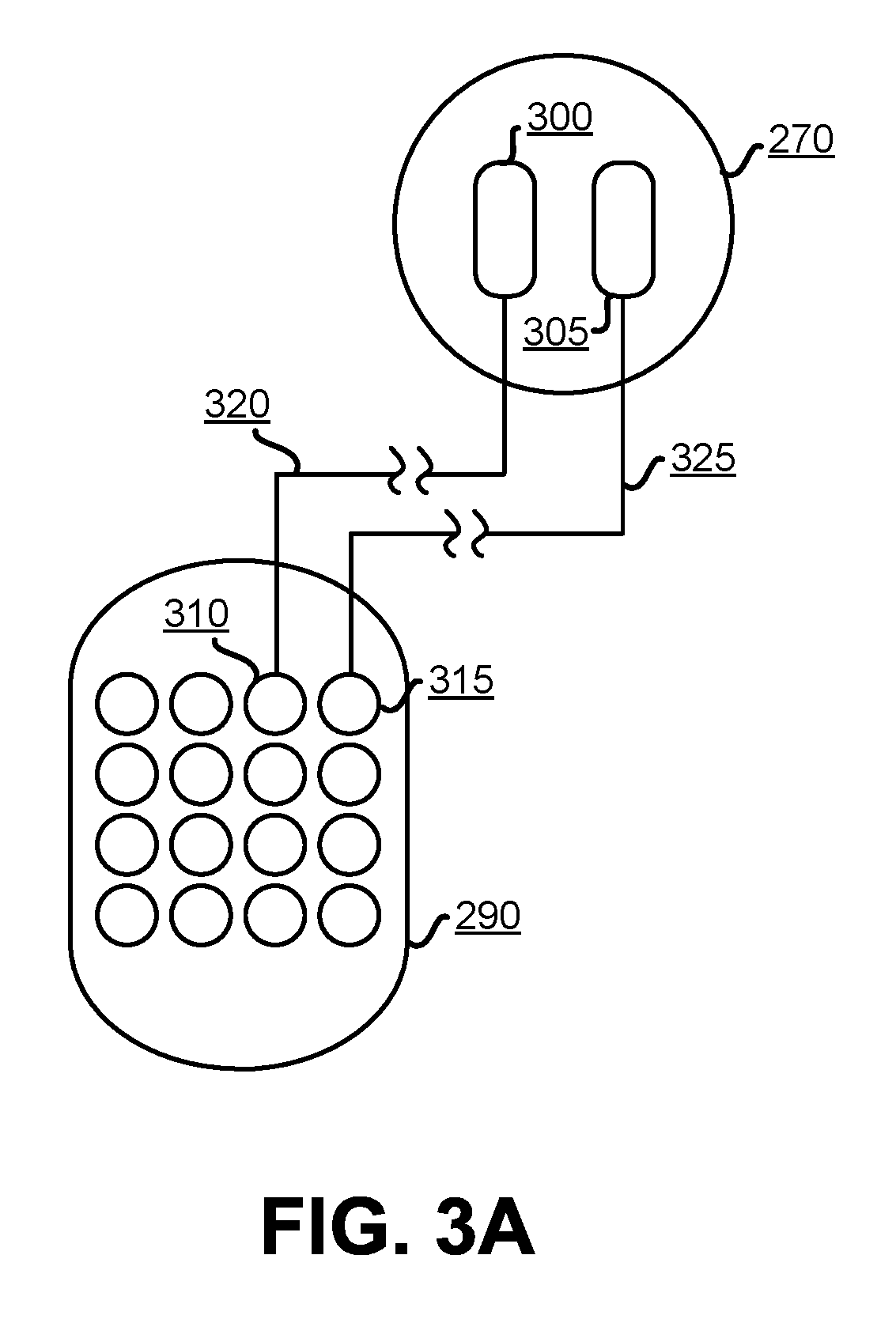Determining sensor data quality based on bioimpedance information
a sensor and data quality technology, applied in bioelectric signal measurement, medical science, diagnostics, etc., can solve the problems of low quality physiological data generated by sensors, poor quality data measured by sensors, unreliability, etc., and achieve low quality physiological data high quality
- Summary
- Abstract
- Description
- Claims
- Application Information
AI Technical Summary
Benefits of technology
Problems solved by technology
Method used
Image
Examples
Embodiment Construction
I. System Overview
[0027]FIG. 1 is a diagram of a system environment for determining sensor data quality according to one embodiment. The system architecture includes an exercise feedback system 100, client device 110, and athletic garment 130 communicatively coupled together via a network 140. Users 150 of the exercise feedback system 100 are also referred to herein as “athletes.” In other embodiments, different and / or additional entities can be included in the system architecture.
[0028]The client device 110 is a computing device capable of receiving user input as well as transmitting and / or receiving data via the network 140. A client device is a device having computer functionality, such as a smartphone, personal digital assistant (PDA), a mobile telephone, tablet, laptop computer, desktop computer, or another suitable device. In one embodiment, a client device executes an application allowing a user of the client device to interact with the exercise feedback system 100. For examp...
PUM
 Login to View More
Login to View More Abstract
Description
Claims
Application Information
 Login to View More
Login to View More - R&D
- Intellectual Property
- Life Sciences
- Materials
- Tech Scout
- Unparalleled Data Quality
- Higher Quality Content
- 60% Fewer Hallucinations
Browse by: Latest US Patents, China's latest patents, Technical Efficacy Thesaurus, Application Domain, Technology Topic, Popular Technical Reports.
© 2025 PatSnap. All rights reserved.Legal|Privacy policy|Modern Slavery Act Transparency Statement|Sitemap|About US| Contact US: help@patsnap.com



